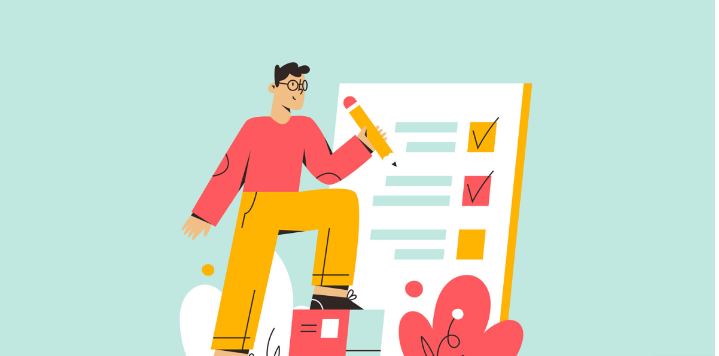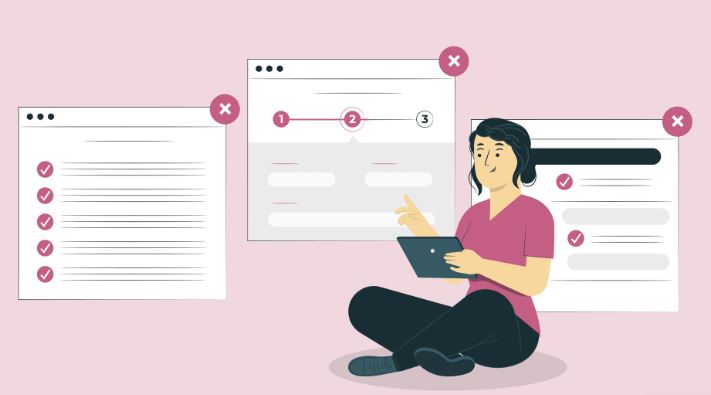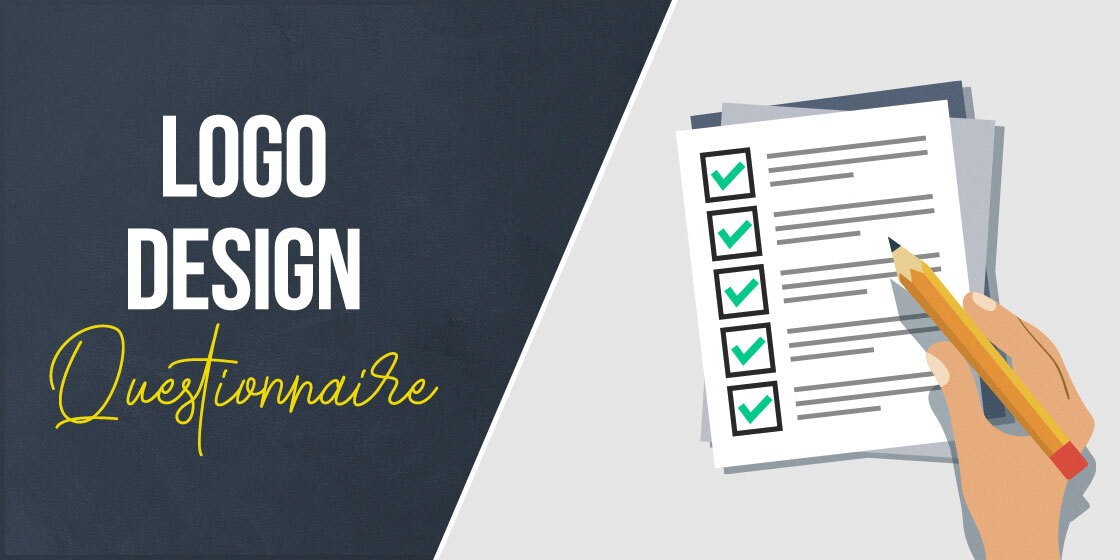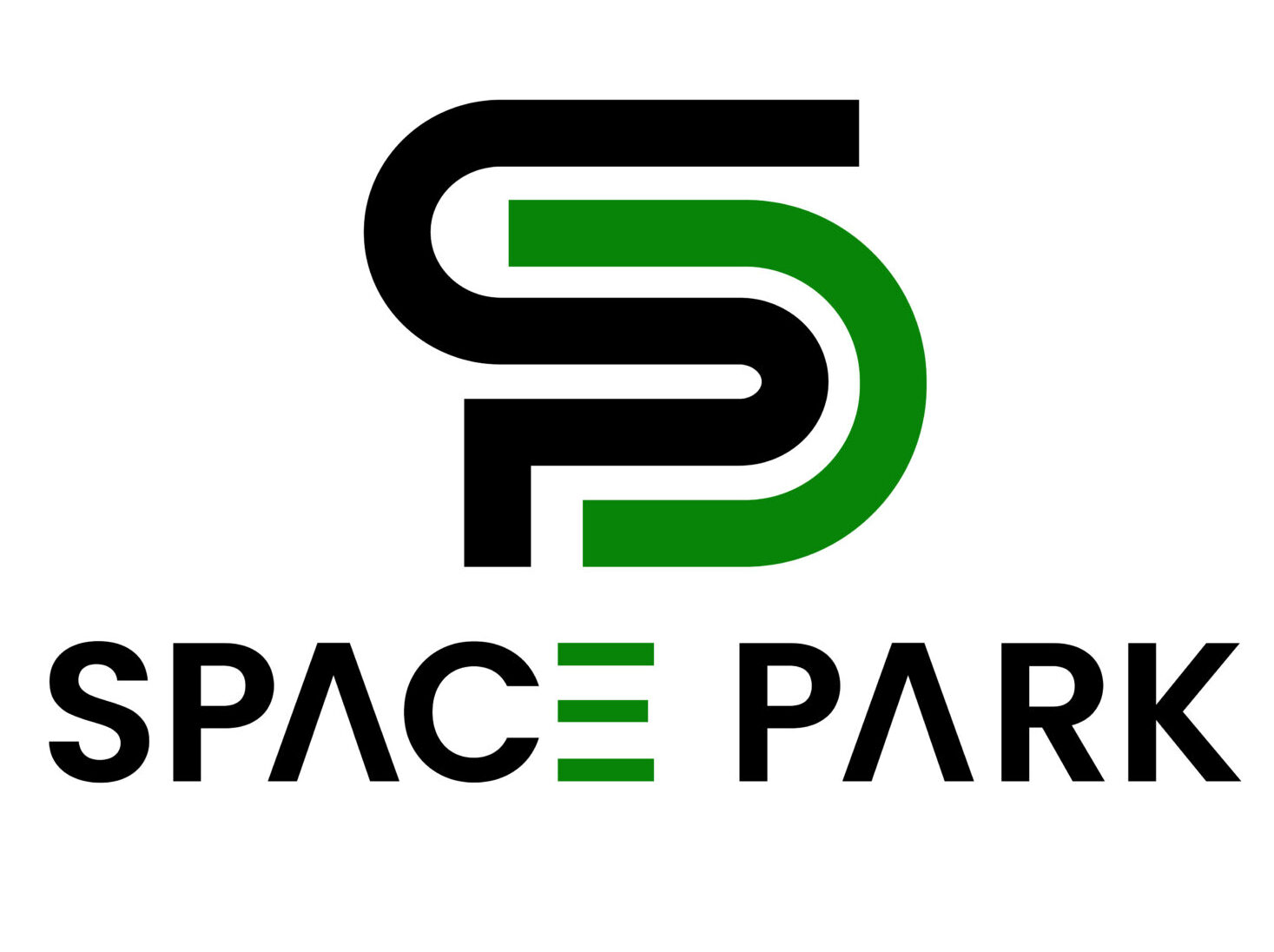In the competitive business world, your logo is often a potential customer’s first interaction with your brand. It’s not just a pretty picture; it’s the visual representation of your company’s identity, values, and mission. A compelling logo can make your brand memorable, distinct, and trustworthy. But how does one design a logo that encapsulates all these qualities? The answer lies in a well-crafted logo design questionnaire.
A logo design questionnaire is an essential tool for both designers and clients. It serves as a roadmap, guiding the design process & ensuring the final product aligns with the brand’s vision and goals. In this blog post, we’ll explore the importance of a logo design questionnaire, its components, and how it can streamline the design process. You’ll also find practical tips and real-world examples to help you create an effective questionnaire that drives successful logo designs.
What is a Logo Design Questionnaire?
A logo design questionnaire is structured to gather critical information about a client’s brand, target audience, and design preferences. The goal is to collect insights to inform the design process, ensuring that the final logo aligns with the brand’s identity and resonates with its audience.

Components of a Well-Crafted Questionnaire
The questions in a logo design questionnaire typically cover various aspects of the brand, including:
- Brand Information: What is the brand’s history, mission, and vision? What products or services does it offer?
- Target Audience: Who are the primary customers? What are their demographics, interests, and purchasing behaviors?
- Design Preferences: Are there any specific colors, fonts, or styles the client prefers? What logos do they admire and why?
- Competitor Analysis: Who are the main competitors? What do their logos look like, and how should the new logo differentiate from them?
By addressing these areas, the questionnaire provides a comprehensive understanding of the brand’s needs and expectations, serving as a foundation for the design process.
Benefits of Using a Logo Design Questionnaire
Incorporating a logo design questionnaire into your workflow offers several benefits for both designers and clients. Here are three compelling reasons to use one:

Streamlines the Design Process
A detailed questionnaire helps designers understand the client’s vision from the outset. This clarity reduces the need for multiple revisions and back-and-forth communication, making the design process more efficient. With all the necessary information, designers can focus on creativity rather than guesswork.
Ensures Client Satisfaction
Clients who articulate their preferences and requirements through a questionnaire feel heard and involved in the design process. This collaboration fosters a sense of ownership & satisfaction, as the final logo will likely meet their expectations. It’s a win-win situation where both parties are aligned in their goals.
Saves Time and Resources
Time is a valuable resource for both designers and clients. A well-crafted questionnaire minimizes misunderstandings and miscommunications, leading to fewer revisions and faster project completion. This efficiency translates to cost savings & allows designers to take on more projects, ultimately boosting productivity and profitability.
How to Create an Effective Logo Design Questionnaire
Creating a logo design questionnaire requires careful consideration and planning. Here are the steps to craft questions that gather essential information about the brand, its values, target audience, and design preferences:

Step 1: Understand the Brand
Start by asking questions that provide a deep understanding of the brand:
- What is the full name of the company?
- What does the brand stand for? What are its core values and mission?
- What products or services does the brand offer?
These questions help establish the foundation of the brand’s identity and purpose.
Step 2: Identify the Target Audience
Knowing the target audience is crucial for designing a logo that resonates with them:
- Who are the primary customers? (Age, gender, location, etc.)
- What are their interests, values, and purchasing behaviors?
- How do they perceive the brand?
These insights ensure the logo appeals to the intended audience, creating a connection that drives brand loyalty.
Step 3: Explore Design Preferences
Understanding the client’s design preferences helps align the creative process with their vision:
- Are there any specific colors, fonts, or styles the client prefers?
- What is the desired look and feel of the logo? (Modern, classic, playful, etc.)
- Are there any logos the client admires? What do they like about them?
These questions guide the designer in creating a logo that reflects the client’s aesthetic preferences and brand personality.
Step 4: Analyze Competitors
A competitive analysis ensures that the new logo stands out in the market:
- Who are the main competitors?
- What do their logos look like? What elements do they use?
- How should the new logo differentiate from them?
This information helps designers create a unique and distinctive logo that sets the brand apart from its competitors.
Real-World Examples
To illustrate the impact of using a logo design questionnaire, let’s explore two case studies:
Case Study 1: Tech Startup
A tech startup approached a designer with a vague idea of their brand identity. The designer used a comprehensive logo design questionnaire to gather insights about the company’s mission, target audience, and design preferences. The resulting logo was a modern, sleek design that resonated with tech-savvy consumers, boosting brand recognition and customer engagement.
Case Study 2: Eco-Friendly Retailer
An eco-friendly retailer needed a logo that reflected their commitment to sustainability. The designer used a questionnaire to understand the brand’s values, customer demographics, and aesthetic preferences. The final logo featured earthy tones and organic shapes, perfectly capturing the brand’s ethos and appealing to environmentally conscious consumers.
Conclusion
A logo is more than just a visual mark; it’s a powerful tool for communicating your brand’s identity, values, and mission. Investing time in creating a detailed logo design questionnaire ensures a successful and efficient design process. By gathering essential information about the brand, its target audience, and design preferences, a well-crafted questionnaire provides a solid foundation for creating a logo that resonates with your audience and sets your brand apart.
Whether you’re a designer or a business owner, understanding the importance of a logo design questionnaire and how to create an effective one can significantly enhance your logo design process. Take the time to ask the right questions, and you’ll be well on your way to crafting a logo that truly represents your brand.
Ready to elevate your logo design process? Start by creating your logo design questionnaire today and experience the benefits of a more streamlined and collaborative approach. Your brand deserves nothing less.
